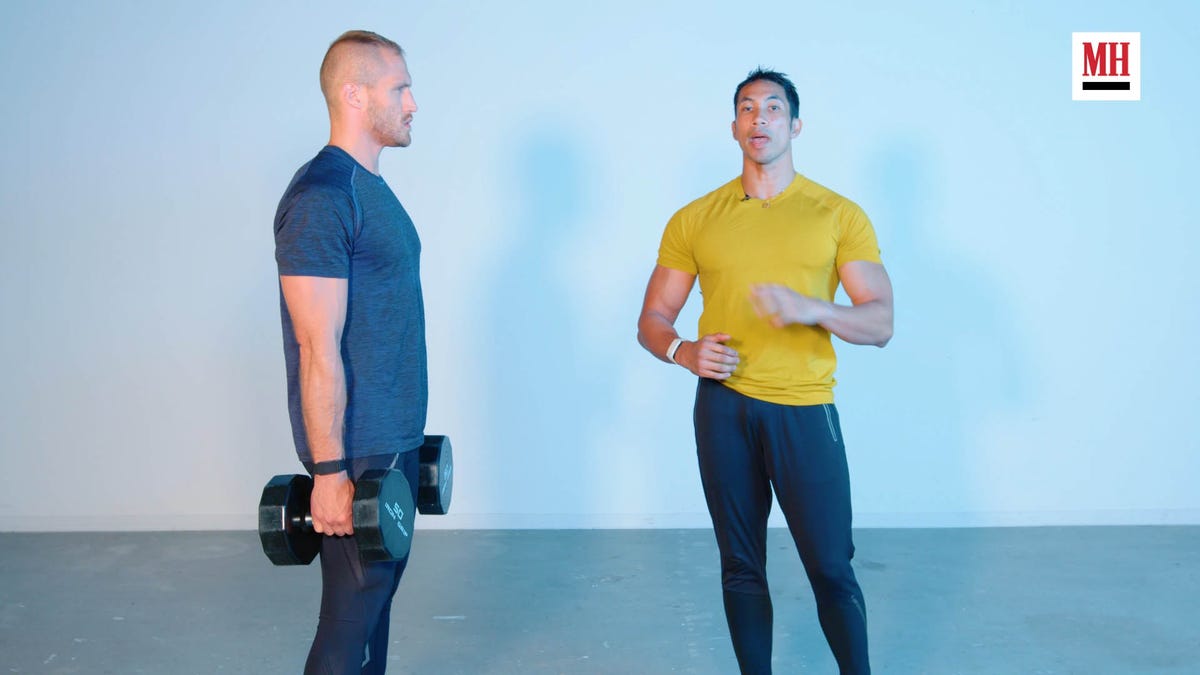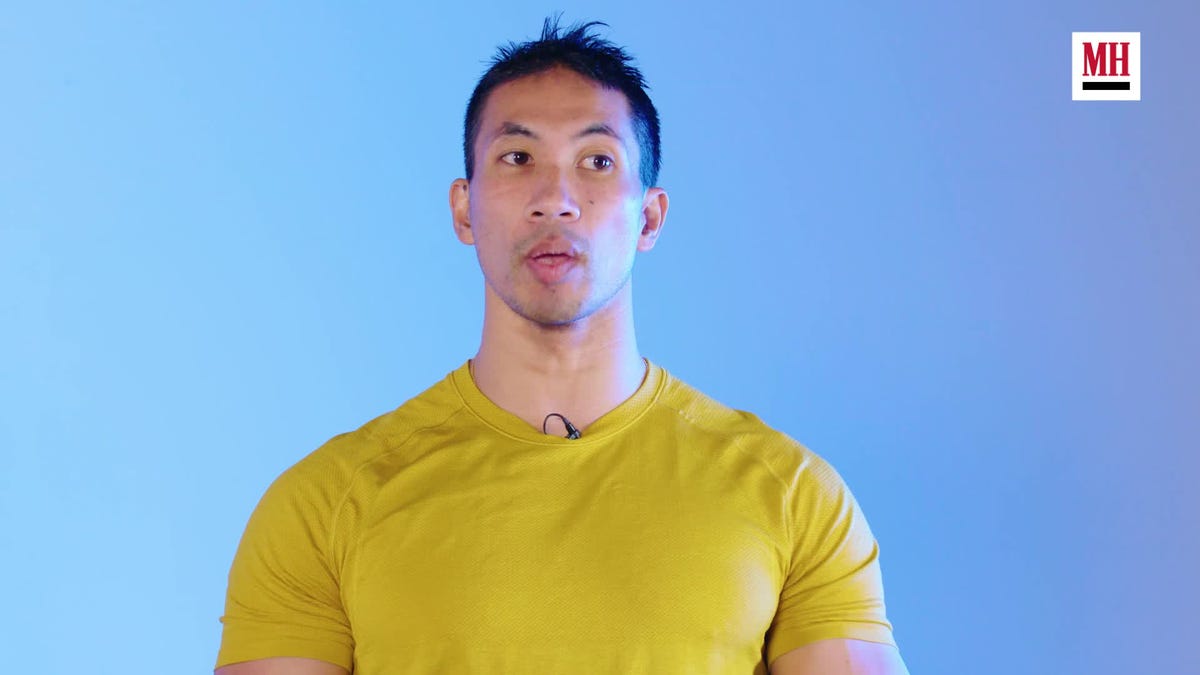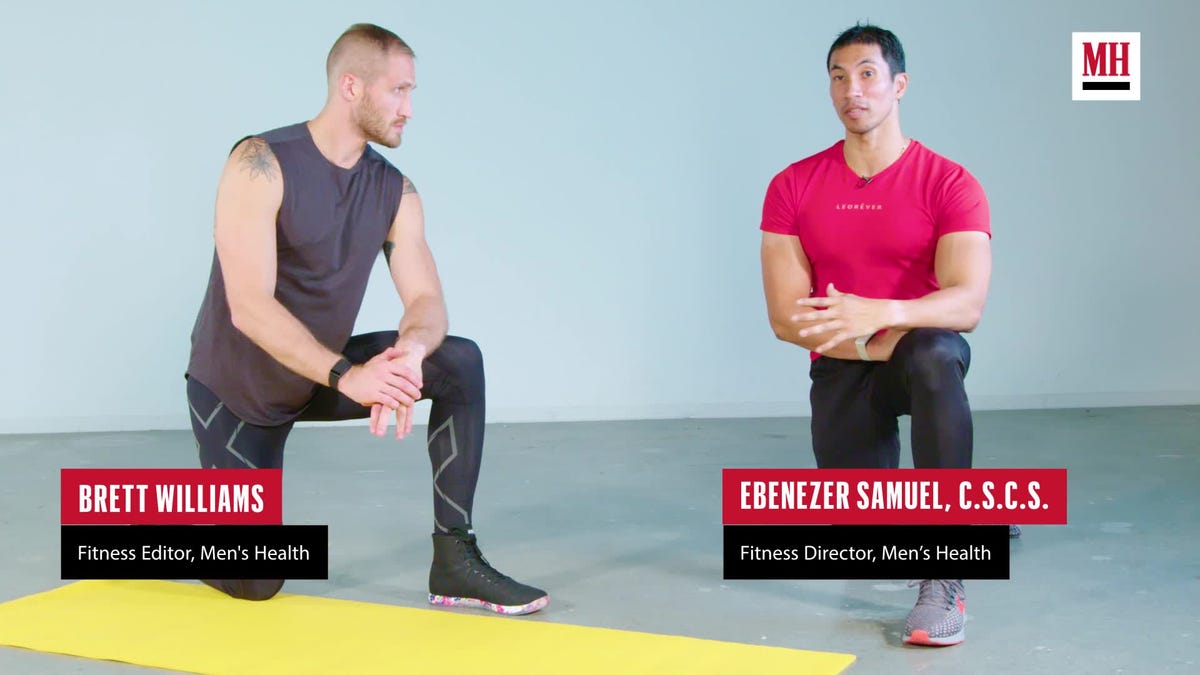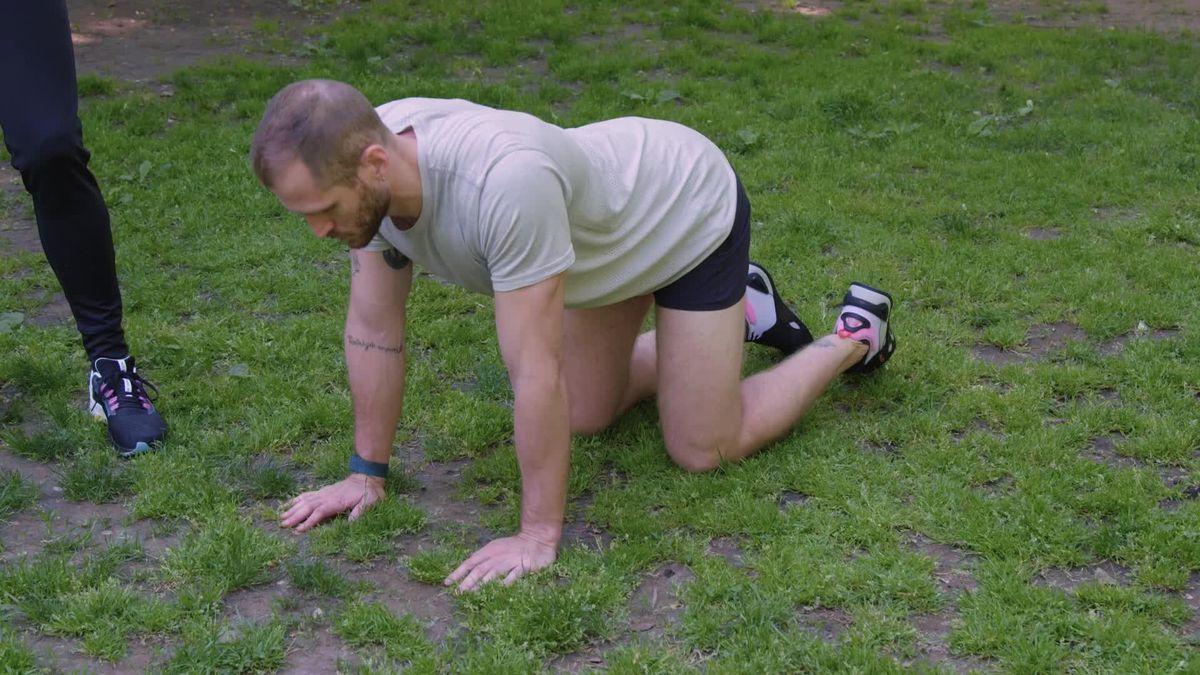SORRY TO CRUSH your dreams of rippling abs without much buy-in, but doing endless rounds of situps is not a complete core workout. The problem with that approach is that you’re only hitting one specific part of the muscle group. Situps and crunches, for example, mostly activate your rectus abdominis, the muscles that sit closest to the outer wall of your stomach. Yes, these are what’s usually considered to the “six-pack” for your abs—but they’re only one piece that contributes to a strong, functional core.
To make sure you are targeting your core from all angles, you can’t forget about deep core exercises to address the other aspects of your abs. We spoke to Renato Sanchez, PT, DPT, C.S.C.S., a physical therapist at Bespoke Physical Therapy in San Diego, CA to learn more about what your deep core is exactly, why you should be doing deep core work more often, and the best deep core exercises to get you started.
What Are Deep Core Exercises?
Your deep core consists of several muscles that work together to create stability and control in your trunk, says Sanchez. These muscles include the transverse abdominis, which is the deepest of your stomach muscle group, the iliocostalis and multifidus, which run parallel to the spine, the obliques (internal, external, and transverse), pelvic floor musculature, and the diaphragm.
Deep core exercises, then, are exactly what it sounds like: exercises that engage one or more of these deep core muscles.
Benefits of Deep Core Exercises
You’ll get a lot more from deep core exercises than just building up midsection muscle. These muscles are essential for bracing, one of the key functions of your core. But there’s more to that than just clenching your midsection and standing still.
“It’s beneficial to target your deep core muscles in order to produce spinal stability, reduce injury risk, improve energy transfer to limbs, and improve pelvic floor health,” says Sanchez, who often trains soccer players. “Having true spinal stability isn’t only from maintaining a ‘stiffened spine’ while lifting. True spinal stability is moving freely in all directions—flexion, extension, rotation—while under load.”
Sanchez explains that you can use these types of exercises to reinforce this type of movement—for example, using a dead bug variation as a means to demonstrate how core stability can transfer energy to your legs and arms.
You don’t need to be a soccer player—or any type of competitive athlete—to reap the benefits of deep core exercises. Having a strong deep core can help anyone reduce their injury risk, especially for lifting heavy objects. Another factor here is the pelvic floor. Pelvic floor health is not just a women’s issue—pelvic floor dysfunction in men can cause a slew of issues from erectile dysfunction to urinary incontinence, so prioritizing the kinds of deep core exercises that can help to strengthen it sounds like a no brainer.
How to Add Deep Core Exercises to Your Workout Routine
Beginners can start with a low-intensity deep core exercise that emphasizes bracing your core while moving a limb, such as a reverse crunch, says Sanchez. The key here is to maintain connection with your lumbar spine or low back with the floor as you raise and lower your bent legs.
Once you’ve been tackling these types of movements for some time and feel ready to level up, you’ll want to focus on training your deep core while under load, he says. Good news: you probably already do exercises that will do just that, like heavy loaded squats, split squats, or lunges. Emphasize bracing your core when you do these movements (as you should be doing, anyway).
The Best Deep Core Exercises to Try
Train more than just your mirror muscles with these deep core exercises from Sanchez.
Farmer’s Walk
- Stand with feet hips-width apart holding a dumbbell or kettlebell in each hand.
- Brace your core and keep arms long down by sides. Keep your shoulders down and back and chest lifted.
- Walk forward, taking small steps and moving weights as little as possible.
Reps and sets: Start with 3 rounds of 20 to 30 seconds
Pallof Press with Rotation
- Set a cable machine or resistance band so that the anchor is at a height so that you can grab it with both hands in a tall kneeling position.
- Kneel next to the anchor and grab the handle with both hands in front of your chest. You should be far enough away so that there is some tension in the cable/band. Squeeze your glutes and core to create tension in your body.
- Extend your arms out in front of you then rotate with arms still stretched long to the opposite side away from the machine. Return to starting position without losing tension on the cable. Repeat, then switch sides, so you are able to rotate to the other side.
Reps and sets: 3 sets of 6 to 8 reps per side
Swiss Ball Dead Bug
- Begin lying down with your low back pressed into the floor. Bring bent knees up directly over hips and both arms lifted with elbows bent. Place a Swiss ball between knees and elbows.
- Brace core to remove right elbow and left knee from ball, extend both arm and leg. Return.
- Repeat on the opposite side, by extending your left arm and right leg. Repeat.
Reps and sets: 3 sets of 10 to 12 reps per side
Bird Dog
- Begin on all fours with palms under shoulders and knees under hips.
- Simultaneously lift your right arm and left leg and extend both straight, maintain a tight deep core and avoid arching your low back. Squeeze glute at top.
- Return to starting position, then repeat on the opposite side lifting your left arm and right leg. Repeat.
Reps and sets: 3 sets of 8 to 10 reps per side
Bear Crawl
- Begin on all fours with palms under shoulders and knees under hips.
- Curl toes and brace your deep core to lift knees to hover off ground just an inch or so.
- Crawl forward by simultaneously lifting your right hand and left foot.
- Crawl forward further by lifting left hand and right foot.
- After a few steps forward, reverse the movement to bear crawl back to the starting point.
Reps and sets: 3 rounds of 40 seconds
Alyssa Sparacino is an ACE-certified personal trainer, former Shape editorial director, as well as an editor, and writer with a focus on fitness, health, and wellness. Her work has been published online and in print for brands including Shape, Health, Fortune, What to Expect, Men’s Journal, Ask Men, Travel & Leisure, Chewy, and more. When she’s not writing or lifting weights, you can find her hiking, exploring, and eating with her husband and rescue dog.







Comments are closed.